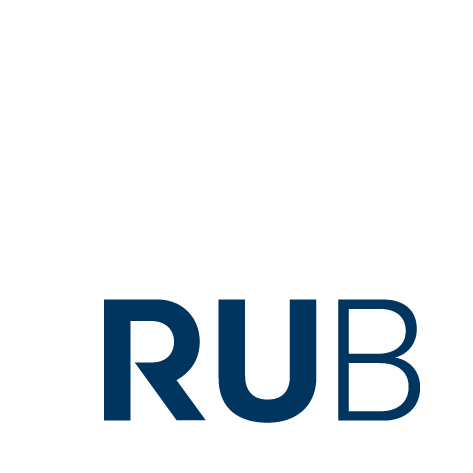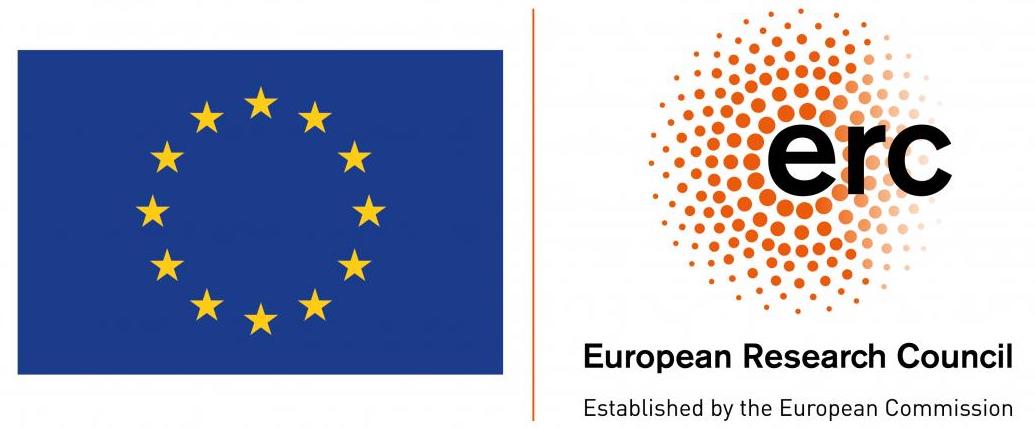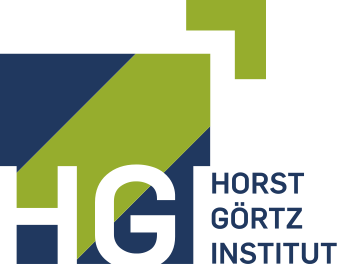Quantum Information Theory (Spring 2019)
This is the 2019 course homepage. See here for the course homepage for 2020.
Lecturers: Maris Ozols and Michael Walter
Teaching assistants: Arjan Cornelissen and Freek Witteveen
Schedule: Mon 14:00-16:45 (SP A1.04), Spring 2019
Further information: MasterMath, DataNose, Studiegids
The MasterMath course page is the primary source for all course material.
Thanks very much for attending our course – and good luck with the exam! 🙂
Course description
With the birth of Quantum Mechanics a century ago, our understanding of the physical world has profoundly expanded, and so has our understanding of information. While a classical bit assumes only discrete values, represented by the binary values zero and one, a quantum-mechanical bit or “qubit” can assume a continuum of intermediate states. Quantum Information Theory studies the remarkable properties of this new type of information, ways of processing it, as well as its advantages and limitations.
This course offers a mathematical introduction to Quantum Information Theory. We will start with the fundamentals (such as quantum states, measurements, and entropy) and then discuss some more advanced topics (entanglement theory and quantum communication) and techniques (semidefinite programming and representation theory).
This course will complement Ronald de Wolf’s course on Quantum Computing. Students interested in writing a thesis in quantum information theory are encouraged to follow both courses.
Prerequisites
Familiarity with basic linear algebra and probability theory. Concretely, you should be familiar with the majority of the material in Sections 1.1.2 and 1.2.2 of John Watrous’ textbook (see below). We will briefly remind you of the more difficult bits in class. Prior exposure to the formalism of quantum mechanics or information theory will be very helpful, but not necessary.
Lecture notes
Video recordings of the lectures are available at Vimeo.
- Lecture 1: Introduction, formalism of quantum information theory [✍] [ex]
- Lecture 2: Reduced states, purifications, fidelity [✍] [ex]
- Lecture 3: Quantum channels [✍] [ex]
- Lecture 4: Measurements [✍] [ex]
- Lecture 5: Shannon entropy and data compression [✍] [ex]
- Lecture 6: From classical to quantum data compression [✍] [ex]
- Lecture 7: Entropy and subsystems [✍] [ex]
- Lecture 8: Holevo bound and relative entropy [✍] [ex]
- Lecture 9: Entanglement [✍] [ex]
- Lecture 10: Separable maps and LOCC [✍] [ex]
- Lecture 11: Majorization and Nielsen’s theorem [✍] [ex]
- Lecture 12: Distillable entanglement and entanglement cost [✍] [ex]
- Lecture 13: Monogamy of entanglement [✍] [ex]
- Lecture 14: Quantum state merging [✍] [ex]
- Lecture 15: Semidefinite programming [✍] [ex]
- Lecture 16: Completely bounded trace norm [✍]
Homework
- Problem set 1 [pdf] [pset1.txt] [hints]
- Problem set 2 [pdf] [pset2.txt] [hints]
- Problem set 3 [pdf] [pset3-A1.txt] [pset3-A2.txt] [pset3-A3.txt]
- Problem set 4 [pdf] [pset4-R1.txt] [pset4-R2.txt] [pset4-R3.txt]
- Problem set 5 [pdf]
- Problem set 6 [pdf]
- Problem set 7 [pdf]
- Problem set 8 [pdf]
- Problem set 9 [pdf] [pset9-A.txt] [pset9-B.txt] [pset9-C.txt] [pset9-D.txt]
- Problem set 10 [pdf] [pset10-psi1.txt] [pset10-psi2.txt]pset10-solution.ipynb.pdf)
- Problem set 11 [pdf] [abc.txt] [psi1.txt] [psi2.txt]
- Problem set 12 [pdf]
- Problem set 13 [pdf]
- Problem set 14 [pdf]
- Problem set 15 [pdf] [R1.txt] [R2.txt] [R3.txt]
There will be no further problem set.
Rules about Homework and Exam
The final grade will be determined 40% by the homework grade and 60% by the final exam.
There will be one homework problem set per week, posted on the course homepage by Monday, and you should submit your completed assignment before the lecture the week after (either in class or by email). Assignments will be accepted late only if you have extenuating circumstances (such as sickness or family emergency) and provided you confirm with the lecturer before the deadline.
Your lowest two scores on the problem sets will be ignored (this includes any problem set you did not submit).
Everything that we discussed in class, the exercises, and on the homework is in principle in scope for the exam (exception: any new material introduced in Lecture 16 will not be part of the exam). We recommend that you revisit the exercises and homework problems as a preparation. You are allowed to bring one self-prepared “cheat sheet” to the exam (A4 paper, hand-written, you can use both sides).
Literature
Main reference is John Watrous’ textbook “The Theory of Quantum Information” (available online). Watrous’ 2011 lectures notes may also be useful as supplementary reading (see here).
Additional references that may be useful:
- Mark M. Wilde, Quantum Information Theory, Cambridge University Press (2013)
- Michael A. Nielsen, Isaac L. Chuang, Quantum Computation and Quantum Information, Cambridge University Press (2010)
- Fernando G.S.L. Brandao, Matthias Christandl, Aram W. Harrow, Michael Walter, The Mathematics of Entanglement
- Roger A. Horn, Charles R. Johnson, Matrix Analysis, Cambridge University Press (2012)
- Lectures notes of the UvA course Symmetry and Quantum Information (2018)
FAQ
Is this the first time this class is offered?
This is the first time this class is offered at the University of Amsterdam. Last year, Michael Walter offered a related course on Symmetry and Quantum Information.
Can this course only be taken by students enrolled in the Master’s of Mathematics?
No! You should be able to take the course as part of the “free choice” component of your Master’s program (in which case you can get credit) or as an additional course (which should show up on your Master’s diploma as well).
Moreover, auditors are very welcome, too, so feel free to drop by to watch a particular lecture if there’s a topic that interests you particularly.
Where can I learn more advanced material?
Attend the QuSoft seminar and write a Master’s thesis at QuSoft!




